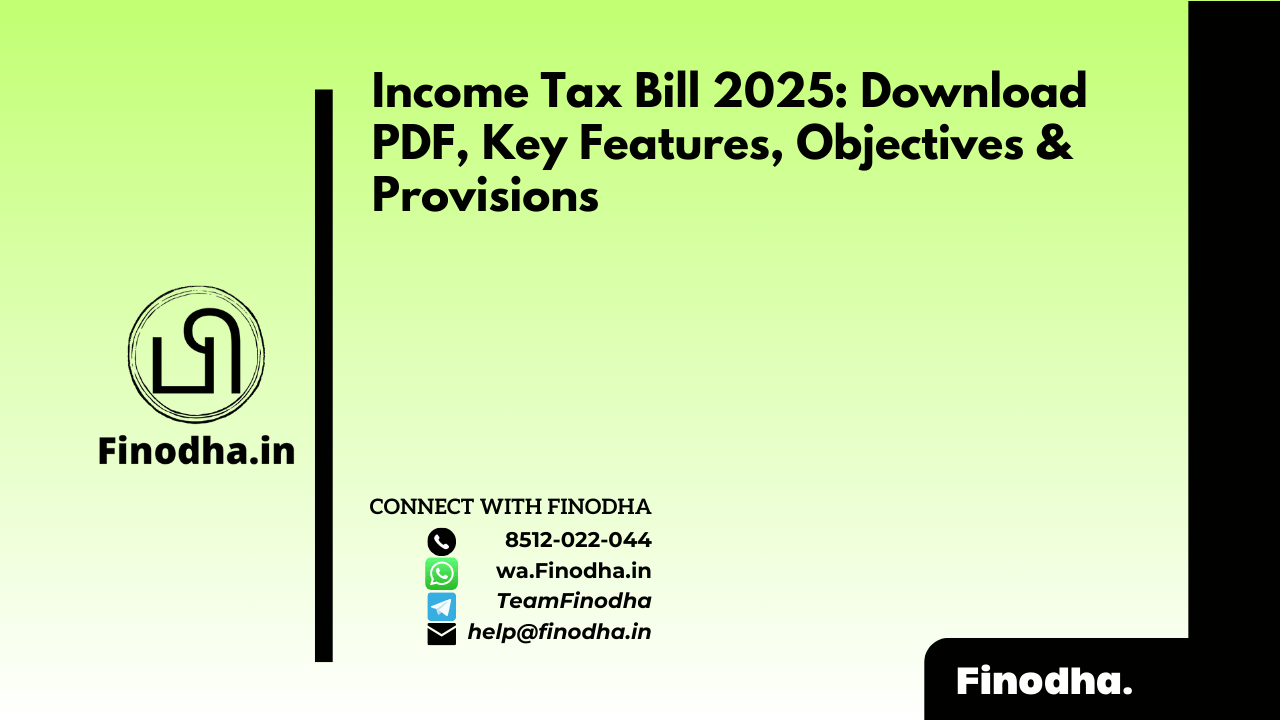Important Keyword: Free Rider Problem, Public Goods, Community Responsibility, Collective Action.
Table of Contents

Introduction to the Free Rider Problem
The free rider problem is a significant economic and social issue that emerges when individuals benefit from resources, goods, or services without participating in the cost or effort required for their provision. This phenomenon often occurs in the context of public goods, which are characterized by non-excludability and non-rivalry. Non-excludable goods are those that cannot easily deny access to individuals, while non-rival goods are those that can be consumed by one person without detracting from another’s consumption. Common examples include clean air, public parks, and national defense.
In both small and large communities, the implications of the free rider problem are substantial. When members of a group fail to contribute towards the maintenance or provision of a public good, the sustainability and quality of that good can deteriorate. For instance, if a community relies on voluntary contributions to maintain a public park, residents who do not contribute may still utilize the park, ultimately placing an unfair burden on those who do pay. This scenario not only creates tension within the community but also leads to a decline in the overall resource available for all members.
The significance of the free rider problem extends beyond local communities. In larger contexts, such as nations or international relations, the challenge becomes even more pronounced. Global issues like climate change can illustrate this problem vividly, as some nations may benefit from the efforts of others to reduce emissions without contributing to the initiatives. Therefore, addressing the free rider problem is critical in ensuring that public goods are maintained and that all individuals take responsibility for the resources they utilize.
When Does the Free Rider Problem Arise?
The free rider problem typically emerges in circumstances where individuals can benefit from resources or services without incurring the associated costs. This phenomenon is particularly prevalent in the context of public goods—those products and services that are non-excludable and non-rivalrous. Examples of such goods include clean air, public parks, and national defense, which are available to all members of a community regardless of their contributions. When these resources can be consumed freely, individuals have little incentive to contribute to their maintenance or provision, leading to the free rider dilemma.
Another scenario that precipitates the free rider problem occurs in the presence of collective action issues. When a group is pursing a common goal, such as environmental conservation or neighborhood safety, individuals may choose to rely on the efforts of others, thereby avoiding any personal investment. This behavior not only undermines the shared initiative but can create significant challenges in achieving the desired outcomes, as participation becomes uneven. As a result, those who do contribute may feel that their efforts are underappreciated or futile.
The implications of shared resources cannot be overlooked when discussing the free rider problem. When resources are shared among community members, such as in communal gardens or irrigation systems, the potential for free riding increases. Individuals may take advantage of the system, using the resource without contributing to its upkeep, which can lead to degradation and depletion. Consequently, this raises important questions about consumption control and the sustainable management of common resources. Addressing these challenges effectively requires a comprehensive understanding of the behavioral patterns that give rise to this economic issue and the implementation of strategies to encourage equitable participation among community members.
Real-life Examples of the Free Rider Problem
The free rider problem manifests in various contexts, particularly within urban environments and public service sectors. One pertinent example can be observed in the realm of public goods, such as police and fire departments. In many communities, these essential services are funded through taxes. However, individuals who do not pay taxes may still benefit from the safety and protection provided by law enforcement and emergency responders. This leads to a situation where non-contributors reap the advantages of public safety without proportionate participation in its financing.
Similarly, public broadcasting exemplifies the free rider problem. Many citizens enjoy the content produced by public radio and television stations yet often do not contribute financially to their operations. While these broadcasting entities rely on government funding and viewer donations, a significant portion of the audience prefers to consume programs without supporting their production. As a result, stations may struggle to maintain quality and accessibility, affecting the entire community’s access to information and cultural programming.
Urban infrastructure provides another illustrative case. Public parks, sidewalks, and recreational facilities rely on communal funding, typically sourced from local taxes. Residents who utilize these amenities benefit without directly contributing to their upkeep, creating a disparity between those who contribute to community resources and those who do not. This imbalance can lead to underfunded facilities, compromising the quality and availability of such essential spaces.
Moreover, the issue also extends to environmental conservation efforts. Community initiatives aimed at preserving natural resources often suffer from a lack of commitment from free riders who use natural amenities such as parks and lakes without participating in initiatives designed to protect them. Addressing these challenges will require a multifaceted approach, recognizing the need for broader community involvement and innovative funding mechanisms to mitigate the free rider problem effectively.
Impact of the Free Rider Problem on Businesses
The free rider problem poses significant challenges for businesses, particularly those that offer products or services that benefit a wider community. This economic phenomenon occurs when individuals or organizations enjoy the advantages of a resource or service without incurring any cost. As a result, businesses may find themselves in a precarious position where they cannot guarantee that all beneficiaries contribute their fair share, ultimately leading to negative repercussions for their operations.
One primary impact of the free rider problem is the potential withdrawal of businesses from providing certain goods or services. For instance, companies that rely on shared resources, such as public goods, may struggle to maintain profitability if a substantial number of users fail to pay for the services rendered. This withdrawal not only affects the overall market dynamics but can also diminish the quality and availability of essential goods in the community. For example, if a business providing a shared service like public transportation begins to lose revenue due to free riders, it may have no choice but to reduce the frequency of services or even cease operations entirely.
Furthermore, the free rider problem can erode the incentive for businesses to innovate and invest in new technologies. When investments made by a firm yield benefits that others can exploit without payment, companies may become increasingly reluctant to finance innovative projects. This reluctance can ultimately stifle economic growth and limit the variety of options available to consumers.
In light of these issues, businesses must actively seek strategies to mitigate the impact of the free rider problem. Developing alternative pricing models, improving monitoring methods, or fostering community engagement can help ensure that everyone contributes to the communal resources they utilize. These solutions not only assist in maintaining sustainability for businesses but also benefit the communities they serve, creating a more equitable environment for all participants.
The Role of Community Responsibility
The concept of community responsibility plays a vital role in addressing the challenges posed by free rider problems. In communities where shared resources exist, individuals who actively contribute are essential for the maintenance and sustainability of these resources. Such contributors not only ensure that a fundamental aspect of communal life remains intact but also set a precedent for communal engagement. Psychological factors significantly influence this behavior, as many individuals feel a strong sense of duty towards their community. This sense of obligation often stems from values instilled from early childhood, where cooperation and mutual aid are emphasized as key components of social interaction.
Moreover, social factors also encourage contributions to shared resources. The phenomenon of reciprocal generosity, where individuals feel compelled to give back when they have received, underscores the importance of active participation. When community members witness their peers engaging in positive behavior, they are more likely to be motivated to contribute themselves. This mechanism can lead to a virtuous cycle, enhancing cooperation and reducing the incidence of free riding.
Another element contributing to community responsibility is the desire for social approval and the avoidance of social disapproval. Individuals are often influenced by the opinions and actions of their peers; thus, when contributing, they are not only fulfilling a personal duty but also aligning with the expectations of their community. This alignment can help mitigate the free rider problem by fostering an environment where contribution is both recognized and valued.
In order to cultivate a strong sense of community responsibility, it is essential for leaders and organizations to promote values of cooperation and reciprocity. Encouraging communication, recognizing individual contributions, and highlighting the benefits of shared resources can enhance community engagement. Ultimately, addressing free rider issues necessitates a collective effort that emphasizes the significance of each member’s contributions towards the common good.
Solutions to the Free Rider Problem
The free rider problem poses significant challenges for communities aiming to provide public goods, leading to an underprovision of essential resources and services. However, there are several viable strategies that can be employed to address this issue effectively. One of the most widely recognized solutions is government intervention through the implementation of taxes. By imposing taxes on individuals and businesses, the government can ensure a fair distribution of costs associated with public goods, thereby discouraging free riding behavior. Tax revenues can be reinvested into community services, ensuring that everyone contributes their fair share.
Another potential solution is the privatization of certain public goods. When resources are privatized, individuals have a direct incentive to contribute, as their access to the goods depends on their contributions. This approach can help reduce the burden on public finances and improve the efficiency of resource allocation. However, the transition to privatization must be approached cautiously, as it can raise equity concerns and may not be suitable for all public goods.
In addition to these strategies, introducing small fees for the use of communal resources can effectively mitigate the free rider problem. By charging nominal fees for services such as parks, recreational facilities, or community events, local governments and organizations can encourage individuals to take responsibility for their community resources. Such fees, when appropriately priced, tend to be affordable for most individuals while collectively generating significant funding to support community initiatives.
Lastly, fostering a culture of community involvement and awareness can play a crucial role in addressing the free rider challenge. Engaging residents through participatory programs and education helps to instill a sense of ownership over community resources, thereby reducing reliance on others to provide necessary contributions. Through these strategies, communities can combat the free rider problem effectively, promoting equitable access and sustainable resource management.
Pros and Cons of Possible Solutions
The free rider problem presents significant challenges for communities, prompting the exploration of various solutions. This section analyzes the advantages and disadvantages of three potential strategies: taxation, privatization, and contribution-based systems.
Taxation stands out as one of the most straightforward solutions. Its primary advantage lies in its ability to pool resources from the entire community, thereby ensuring that public goods are funded adequately. Taxation fosters a sense of shared responsibility, which can enhance community engagement. However, the disadvantages include potential inequities in tax burdens and public discontent regarding how tax revenue is utilized. High taxation rates may also deter economic growth, leading to debates about the fairness of the tax system.
Privatization offers another approach by transferring the provision of services to the private sector. This solution can enhance efficiency, as market mechanisms often incentivize cost reduction and innovation. Privatization can lead to improved service quality due to competitive pressures. However, it may also create access issues, as private entities may prioritize profit over public interest, resulting in exclusionary practices for low-income individuals. Additionally, the focus on profitability can lead to a reduction in service quality in less profitable areas.
Contribution-based systems present a middle ground by encouraging individuals to contribute to community resources based on usage. This approach can increase fairness and accountability. By tying benefits directly to contributions, individuals are less likely to engage in free riding. However, such systems can be challenging to implement effectively. They may lead to administrative complications and might not address the needs of vulnerable populations who may struggle to contribute adequately, potentially exacerbating inequalities.
Ultimately, the effectiveness of these solutions varies widely based on context, implementation, and community demographics. Understanding the pros and cons of each is crucial for tailoring a strategy that optimally addresses the free rider problem while ensuring equity and accessibility in community services.
Addressing Common Concerns and Questions
The free rider problem presents a variety of concerns which often lead to confusion among individuals and communities. One frequent question revolves around how the free rider problem impacts public goods. Public goods, defined by their non-excludability and non-rivalry, tend to attract free riders who benefit from them without contributing to their provision. This can create an imbalance that undermines the stability and satisfaction of community resources, compelling many to seek solutions.
Another common query pertains to the effectiveness of community engagement in mitigating the free rider issue. Engaging community members in discussions about resource management can foster a sense of ownership and responsibility that may discourage free-riding behavior. Education and awareness campaigns that explain the value of contributions towards shared resources can significantly enhance community cooperation.
Furthermore, individuals often wonder about the role of government intervention in addressing the free rider problem. Governments can implement policies such as taxation, which mandates contributions for public goods, ensuring that all benefiters contribute fairly. While such measures can be contentious, they often serve as a necessary intervention to counteract the negative impacts of freeloader behavior.
Lastly, readers often inquire about long-term solutions for the free rider problem. Sustainable community practices, alongside cooperative initiatives, can lead to innovative solutions that maintain balance and encourage accountability. For those wanting to delve deeper into this topic, resources such as academic articles, community workshops, and online forums offer valuable insights into both the theoretical and practical aspects of addressing the free rider problem.
Key Takeaways and Conclusion
The free rider problem presents a significant challenge for communities striving to provide public goods and services effectively. This phenomenon occurs when individuals benefit from a resource without contributing to its provision, leading to an underfunding of essential communal initiatives. Throughout the article, we explored the underlying mechanisms of the free rider problem, highlighting how it stems from self-interest, where individuals prioritize personal gain over collective welfare. Understanding this prompt is crucial for acknowledging the obstacles faced by communities in delivering public services such as clean air, public parks, and infrastructure.
One of the core implications of the free rider problem is the potential deterioration of community engagement and cooperation. When individuals perceive that they can enjoy the benefits of public goods without contributing, it may discourage participation and financial support for initiatives that benefit the broader society. This cycle can further exacerbate the issue, leading to a decline in the overall quality of communal resources and services.
Addressing the free rider problem necessitates a multifaceted approach that emphasizes the importance of collective responsibility. Encouraging community engagement through awareness campaigns and promoting the value of participatory governance can foster a sense of ownership among residents. Solutions such as implementing user fees for specific services, utilizing peer monitoring, and creating incentives for contributions can help mitigate the negative effects of free riding.
In conclusion, addressing the free rider problem requires the active involvement of community members who recognize the value of contributing to shared resources. By fostering a culture of collective responsibility and engagement, communities can enhance their resilience against the challenges posed by free riding, ensuring the sustainability and effectiveness of public goods and services for future generations.
Download Pdf: https://taxinformation.cbic.gov.in/




